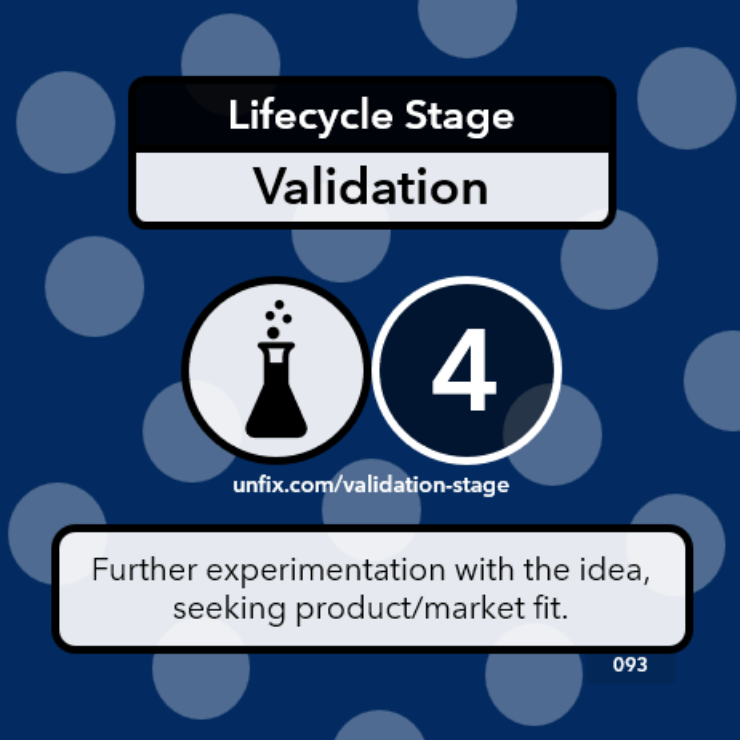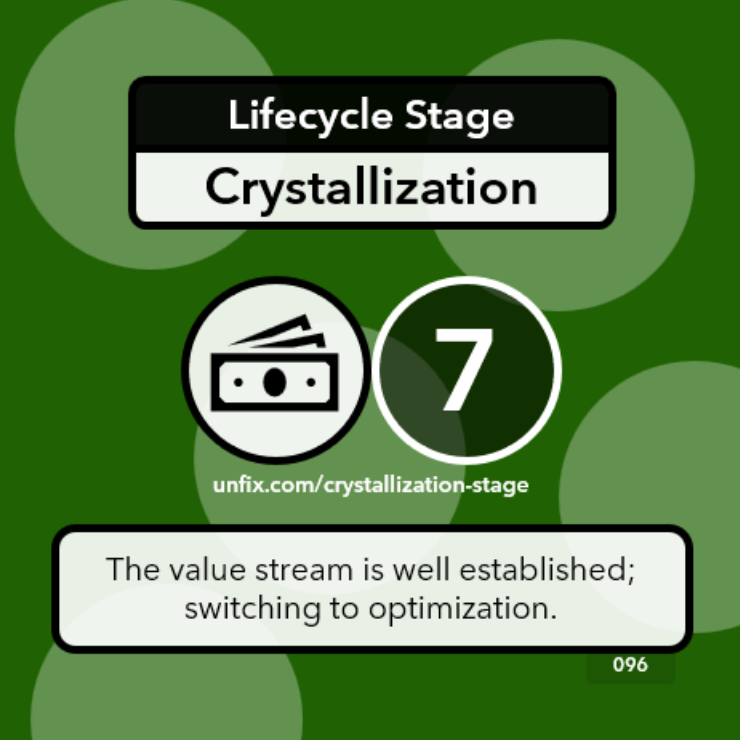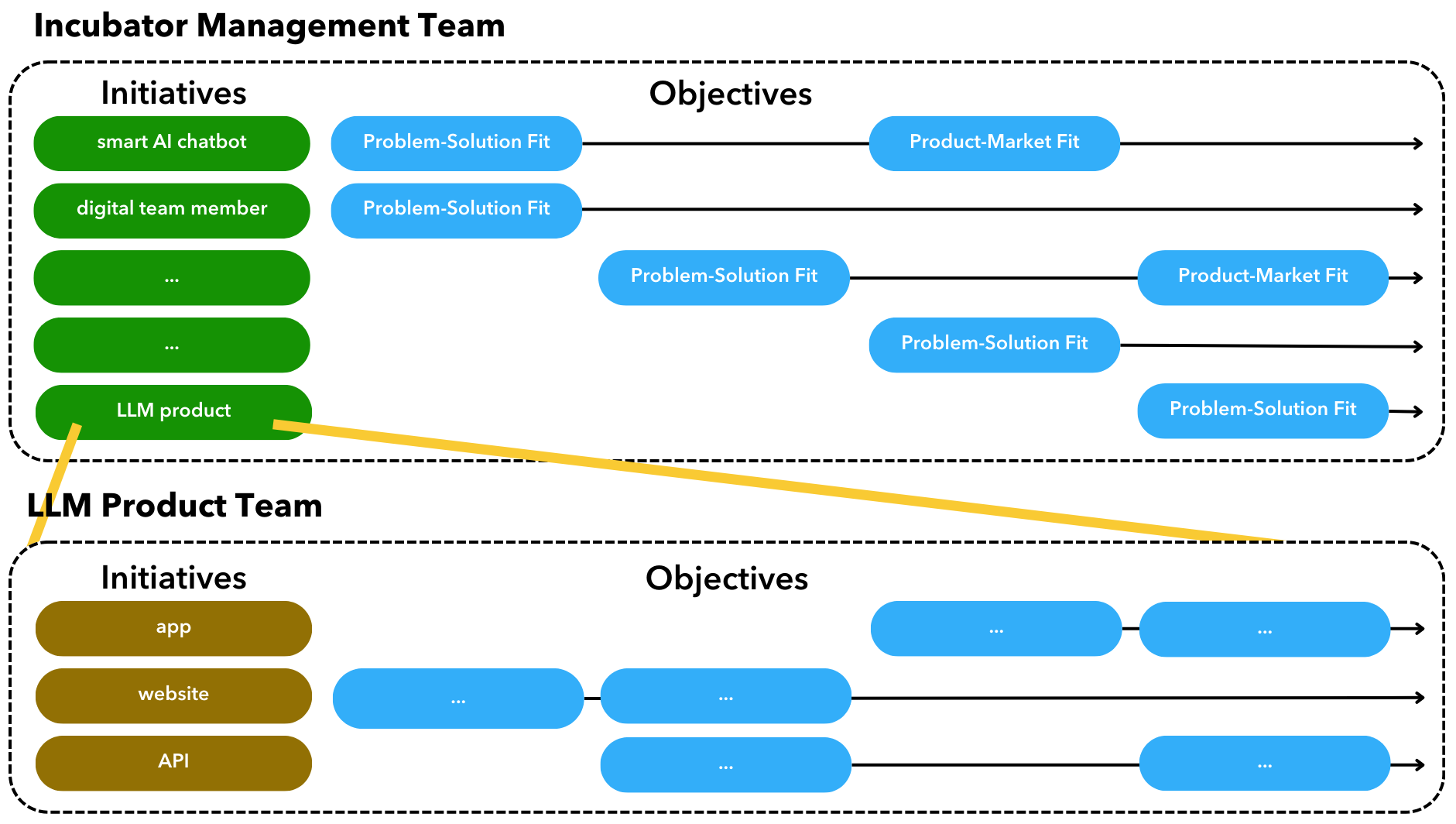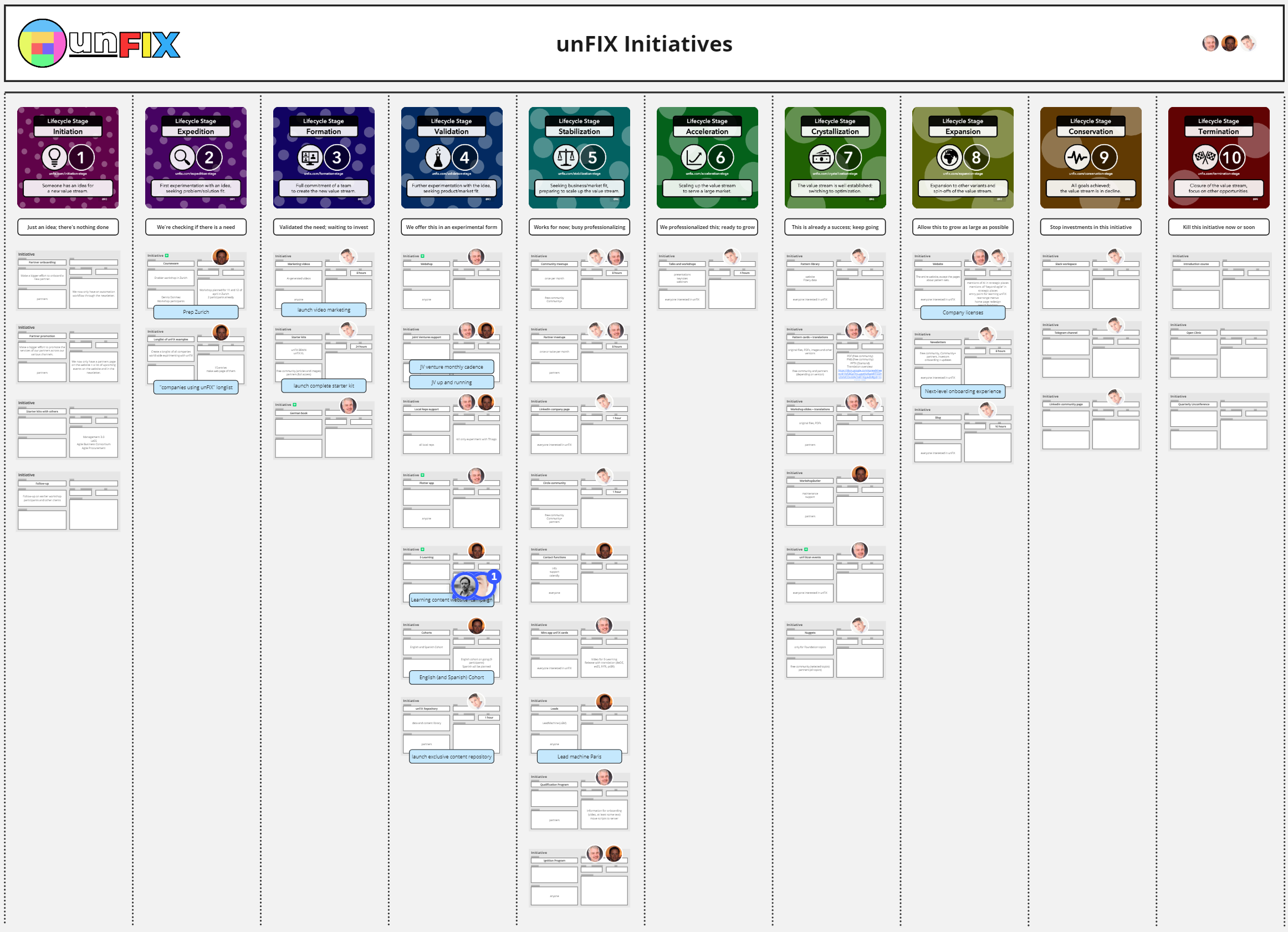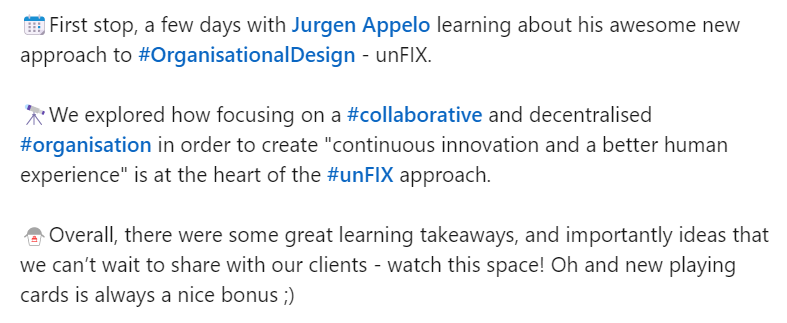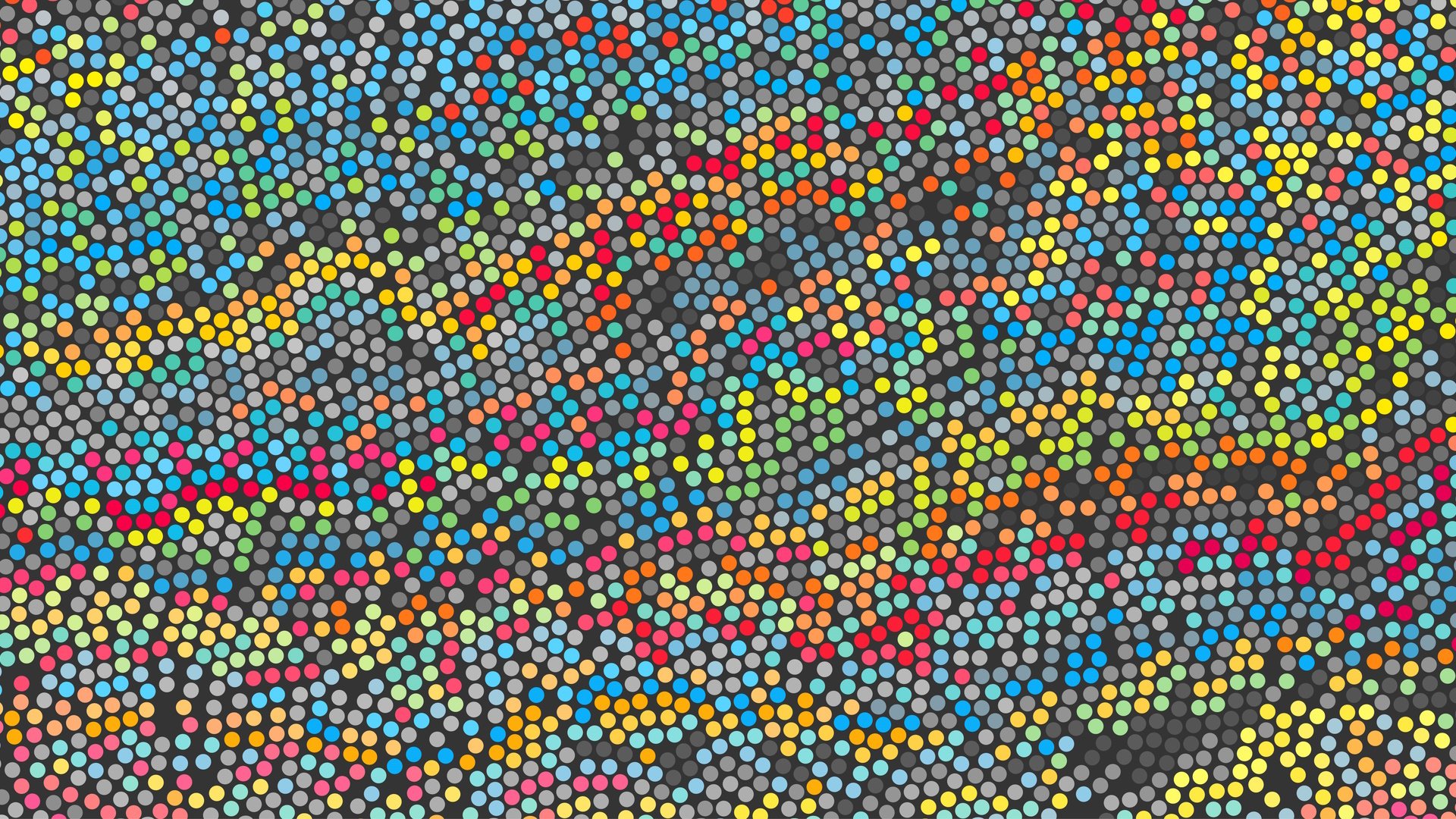
Expedition (2)
Lifecycle Stage
In the Expedition Stage, organizations run first experiments with an idea and seek a problem/solution fit.
Initiation • Expedition • Formation • Validation • Stabilization • Acceleration • Crystallization • Expansion • Conservation • Termination
Purpose
“The Expedition stage (2) is the infant level of your startup. In this stage, everything is done to check the vitality of the idea and to keep the infant alive. At this level, you become a business founder or startup leader because you found a way to pay for further exploration and development of your idea, through bootstrapping or with some pre-seed money from the three F’s: your friends, your family, or your formal or former employer.
The focus of this stage, sometimes referred to as Customer Discovery, is on forming the initial team of co-founders, developing a strategy, and defining the first business model hypotheses that will need to be validated. Most importantly, you have to figure out if the product you have in mind is indeed something that customers want to have, by talking with many people and testing your most important hypotheses. Part of this can be done with a low-fidelity Minimum Viable Product, which is the simplest possible prototype of your product that enables you to measure the responses of potential clients.
The stage ends when you have confirmed that you have Problem/Solution Fit. You found a problem that is worth solving; a specific group of target users is willing to pay for your proposed solution (viability), which you are also able to build (feasibility).”
Notes
The text on this page is adapted from the book Startup, Scaleup, Screwup by Jurgen Appelo.
Rules / Constraints
We have identified no rules/constraints yet.
Free book chapter
We offer a free chapter from the book Startup, Scaleup, Screwup, which describes the Lifecycle Stages in more detail. Sign up to our newsletter to get access to the free download!




“Life is in stages. There is a stage where, like grasshoppers, we hop from grass to grass. And another, where we move from grass to grace.”
(Source: Michael Bassey Johnson)




